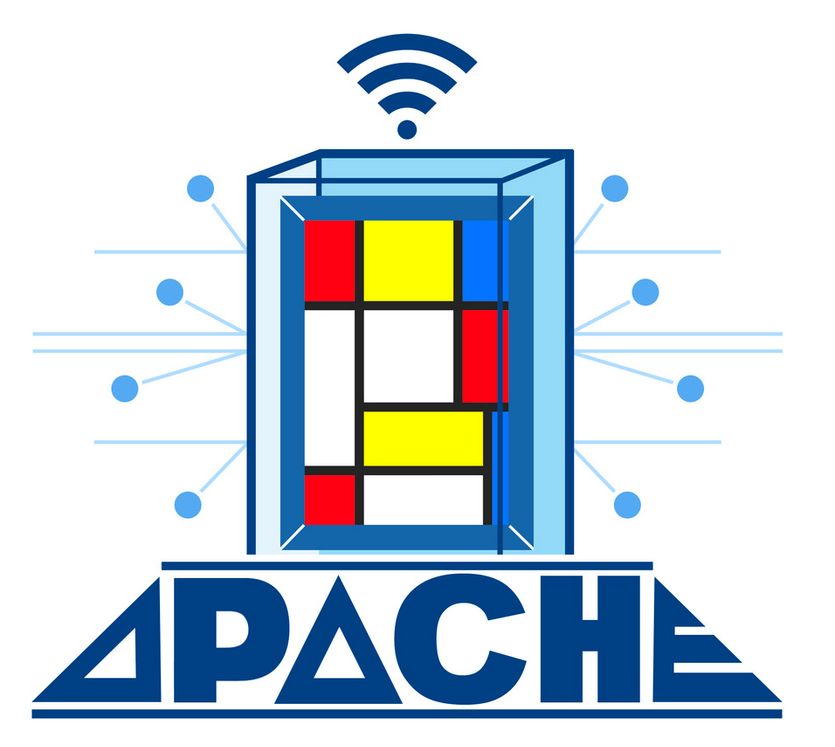

Conference and Workshops on Nano-materials
Nano-materials exhibit characteristics that are peculiar and different than those of bulk materials. This can result in enhanced chemical, electrical, magnetic and optical properties that are advantageous for numerous applications.
The “Nano-science revolution” has begun forty years ago. Its impact has grown to the point that the word “Nano-science” no longer refers to individual inventions, but instead it indicates the creation and development of entirely new technologies, thanks to the formulation of smart and functionalized materials that often exploit the ability of matter to self-assemble.
Nowadays, it seems hard to imagine the world of conservation of cultural heritage without introducing the use of materials and products generated by Nano-science.
The meeting organized by the EU funded project APACHE and the Hungarian National Museum aims to explore the world of Nano-systems applied to the conservation of cultural heritage, creating a workshop that focuses on two essential sections:
-
Lectures and presentations on the theoretical, research and implementation aspects of Nano materials
-
Two practical workshops around the application methodologies and the use of some Nano-systems
PROGRAM
|
8:50 - 9:00 |
Director general of the Hungarian National Museum Welcome and opening speech |
|
9:00 – 10:00
|
Piero Baglioni Nano-science and its contribution to the conservation of Cultural Heritage |
|
10:00 – 10:40 |
Piero Baglioni Gels, emulsions and nanomaterials: theoretical aspects |
|
10:40 – 11:00 |
Coffee Break |
|
11:00 – 11:40 |
Gabriella Di Carlo Innovative protective materials for the conservation of metal works of art |
|
11:40 – 12:30 |
Antonio Mirabile The use of Nano-systems in the conservation of cellulose-based artworks. Case studies |
|
12:30 – 13:00 |
Discussions |
|
Two parallel practical activities (Textile conservation studio + 3rd floor lecture hall) |
|
|
14:00 – 17:30 (With a coffee break)
|
Piero Baglioni and Antonio Mirabile Innovative materials for cleaning, consolidating and protecting works of art: a practical introduction and demonstration on the use, reuse, recycling and handling of the novel materials. Testing and experimenting nanomaterials, on mock-ups or expendable case studies on organic materials such as paper, fabric, leather, painting. *This session is open to a maximum of 25 conservators Texitle conservation studio (3rd floor) |
|
14:00 – 17:30 (With a coffee break)
|
Gabriella Di Carlo Application of innovative protective materials from non-toxic solvents for the conservation of copper and silver alloys. *This session is open to a maximum of 12 conservators 3rd floor lecture hall
|
Piero Baglioni is full professor of Physical Chemistry at the Department of Chemistry of the University of Florence, and MIT affiliate. He has been appointed as Visiting Scientist/Professor by the Department of Chemistry of the University of Houston, the Weizmann Institute, the College de France, and the MIT. He is the Director of the National Consortium for Colloid and Nanoscience (CSGI). He is the major Italian contributor to “Soft Matter” with more than 350 publications on books and on largely diffused international journals. He is also the author of 25 patents. He produced several innovations in the field of both inorganic and organic colloids.
Dr. Gabriella Di Carlo is Researcher at CNR-ISMN and her main research interests include synthesis and surface studies of advanced materials with tailored nano-chemical, structural and morphological features to be used for sensors, delivery e micro-electronic devices. Another field of interest is the identification of the degradation causes acting at micro and nano-scale in order to define the most appropriate conservation strategies. She works on the synthesis and validation of innovative materials with stimuli responsive properties for a long-lasting and safe conservation of metals. She has authored about 70 publications on international ISI journals with an H index of 24 (Google Scholar).
Antonio Mirabile began his career in 1988, he is a paper conservator and a consultant in preventive conservation. He studied Book and Paper conservation in Florence, Italy, and Preventive Conservation in Paris, France, where he actually lives. In France he is accredited by French Ministry of Culture to conserve and restore the cultural heritage belonging to the Musées de France. He works regularly for public and private collections. As UNESCO expert he worked in various paper conservation and preventive conservation projects. As partner of EU funded project Nanorestart he is involved in the scientific identification of dyed-based inks used in contemporary drawings, in the development of innovative methods in order to improve conservation treatments and in the transfer of novel materials and methods to conservators. He is the author and co-author of about 50 articles and wrote two handbooks published by UNESCO. He is an active member of INCCA, ICOM and the Blue Shield.
For further information, please contact us at somfai.terez@mnm.hu.








